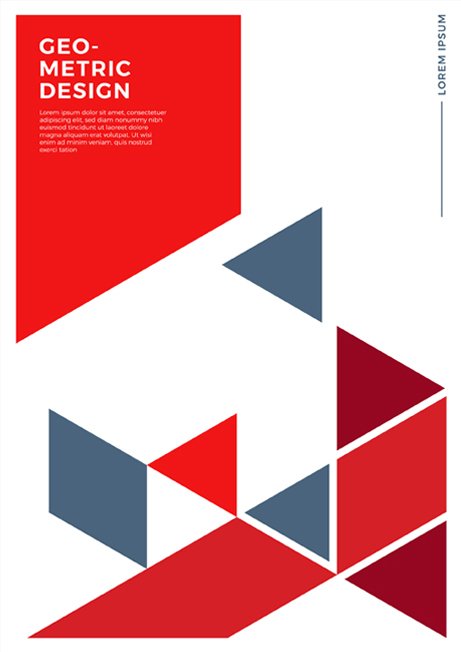Explainable AI: Enhancing Transparency and Trust in Artificial Intelligence Systems
Abstract
The rapid advancement of artificial intelligence (AI) has led to its widespread adoption across various domains. However, the complexity and opacity of AI models, particularly deep learning systems, have raised concerns about their transparency and trustworthiness. This study explores the development and implementation of Explainable AI (XAI) techniques aimed at making AI systems more interpretable and understandable to human users. By employing methods such as model-agnostic explanations, visualization tools, and self-explaining models, we demonstrate how XAI can enhance user trust and facilitate better decision-making in AI-driven applications. Our findings indicate that integrating XAI techniques not only improves transparency but also increases the overall reliability and acceptance of AI systems.
Keyword
References
- Ribeiro, M. T., Singh, S., & Guestrin, C. (2016). "Why Should I Trust You?": Explaining the Predictions of Any Classifier. Proceedings of the 22nd ACM SIGKDD International Conference on Knowledge Discovery and Data Mining.
- Lundberg, S. M., & Lee, S.-I. (2017). A Unified Approach to Interpreting Model Predictions. Advances in Neural Information Processing Systems, 30.
- Doshi-Velez, F., & Kim, B. (2017). Towards a Rigorous Science of Interpretable Machine Learning. arXiv preprint arXiv:1702.08608.
- Gilpin, L. H., Bau, D., Yuan, B. Z., Bajwa, A., Specter, M., & Kagal, L. (2018). Explaining Explanations: An Overview of Interpretability of Machine Learning. 2018 IEEE 5th International Conference on Data Science and Advanced Analytics (DSAA).
- Caruana, R., Lou, Y., Gehrke, J., Koch, P., Sturm, M., & Elhadad, N. (2015). Intelligible Models for Healthcare: Predicting Pneumonia Risk and Hospital 30-day Readmission. Proceedings of the 21th ACM SIGKDD International Conference on Knowledge Discovery and Data Mining.
How to Cite
License
Copyright (c) 2024 Journal of Technology

This work is licensed under a Creative Commons Attribution 4.0 International License.

